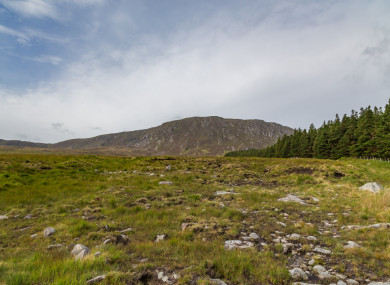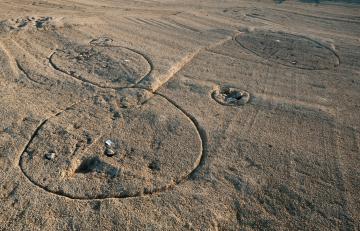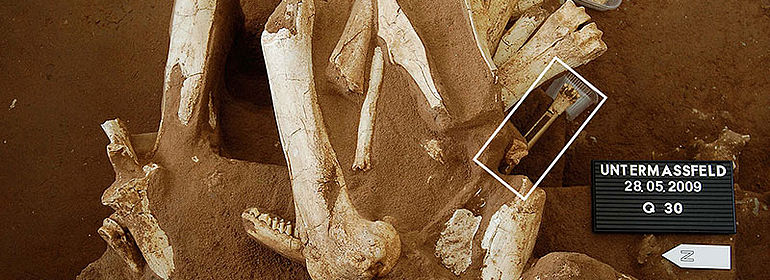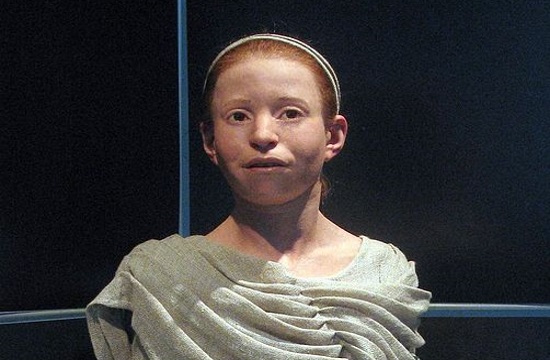Runologist and senior researcher Lisbeth Imer takes a closer look at the newly discovered runes. (Video: Kristian Højgaard Nielsen)
“These are the runes we’ve been missing,” says archaeologist.
A comb with a runic inscription of the word “comb,” perhaps doesn’t sound so sensational. But it is.
The comb dates to the early Viking Age around 800 CE. Just a handful of runic texts from this period exists.
The comb was discovered during excavations of a Viking Age market place in Denmark’s oldest town Ribe.
Alongside the comb, archaeologists also discovered a runic inscription on a small plate of bone or antler.
Together, the two objects reveal details from a crucial period of Viking history, says archaeologist and excavation leader Søren Sindbæk from Aarhus University, Denmark.
“These are the runes we’ve been missing. We’ve waited generations to be able to dig into this,” says Sindbæk.
Read the rest of this article...








